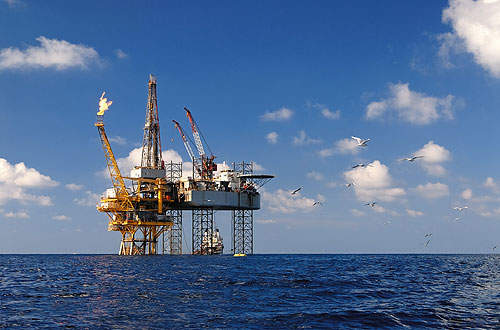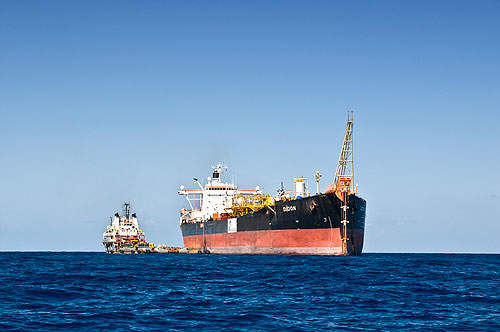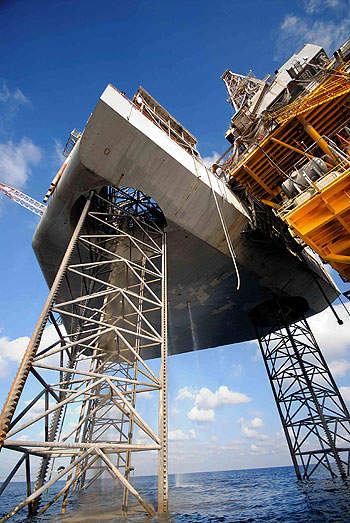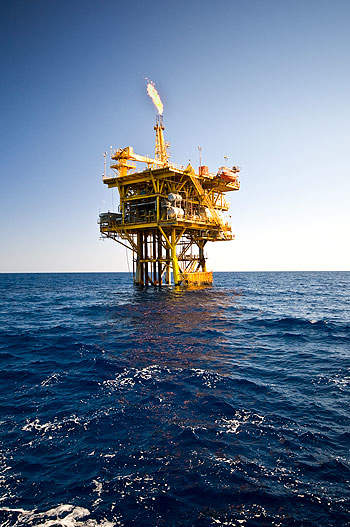The Didon crude oilfield is situated 75km offshore Tunisia in the Gulf of Gabes of the Mediterranean Sea. It lies in a water depth of 246ft and covers an area of 1,000km² in the Zarat Permit. The field is 100% owned and operated by PA Resources. First production from the field was achieved in May 1998.
Didon discovery
The Didon field was discovered in 1975 by Elf Aquitaine. In November 2008, the DN-1 exploration well discovered a new prospect north of Didon. DN-1 was drilled by the Ensco 85 drilling rig, which encountered 50ft of oil pay in the El Gueria formation. It has been plugged and temporarily abandoned.
Didon geology and reserves
The Didon field reservoir is located in the El Gueria formation. Elf Aquitaine underestimated the field reserves at only six million barrels of oil. In 1996, Medex acquired the Zarat permit. Medex carried out appraisal drilling at the field and the reserve estimates were revised to 100 million barrels of oil. Crude oil produced at Didon has an API of 35.4 and a sulphur content of 0.85%.
Didon field development
The Didon field is being developed in three phases. The first phase started in 1996 and was carried out by Medex. During this phase, first production from the field was achieved in 1998 at a plateau rate of 7,000bopd.
Medex later carried out appraisal drilling by drilling two wells named Didon-3 and Didon-4. The two wells confirmed the actual reserves at the field to be 100 million barrels of oil. Phase II began in 2004.
The fixed platform Didon platform and a refurbished floating storage and offloading vessel, Didon FSO, were added to the field during this phase. The two wells, Didon-3 and Didon-4, were connected to the platform. The new infrastructure helped boost the production rate to 12,000-20,000bopd.
In 2005, PA Resources bought Medex’s interest in the Zarat permit. After the acquisition, PA Resources drilled a production well named Didon-5, which produced at a rate of 8,500bopd. The well was later connected to the Didon platform. The Didon-6 well was drilled in the eastern part of the field in 2007, but did not encounter any hydrocarbons. Didon-6 was later plugged and abandoned. In June 2008, Didon-7, which flowed at the rate of 12,500bopd, was brought onstream.
Phase III began with the drilling of Didon-8 in February 2008; however, this well struck a fault. In August 2008, pilot well Didon-9 was drilled, which indicated that oil from the western fault compartment had shifted to the central reservoir. A production well in the western section, therefore, was no longer needed.
Didon-10 was completed in June 2009. With the addition of Didon-10, a total of five wells are in production at the field. The crude oil produced at the field is exported through a subsea pipeline, connected by a flexible riser to the Didon FSO.
The field is currently in the decline phase and is expected to cease production in 2014. Development of the Didon North prospect is expected to boost production from the field. Didon North will be developed as a satellite to the Didon field. Production from Didon North is expected to begin in the second half of 2011.
Didon platform and FSO
Construction of the Didon platform started in 2005 and its installation was completed in June 2006.
A 72,000dwt steam tanker was converted into the Didon FSO.
A service refit was carried out for the FSO in 2007, which increased its service life to 2013. The FSO has a capacity of 465,000 barrels.
Contracts
Conversion of the Didon FSO was carried out by FPS. The company was also responsible for the installation and start-up of the FSO.
Mooring Systems installed the FSO onto the Tricatenary Mooring System. The engineering work for the TCMS was carried out by Rig Engineering.





